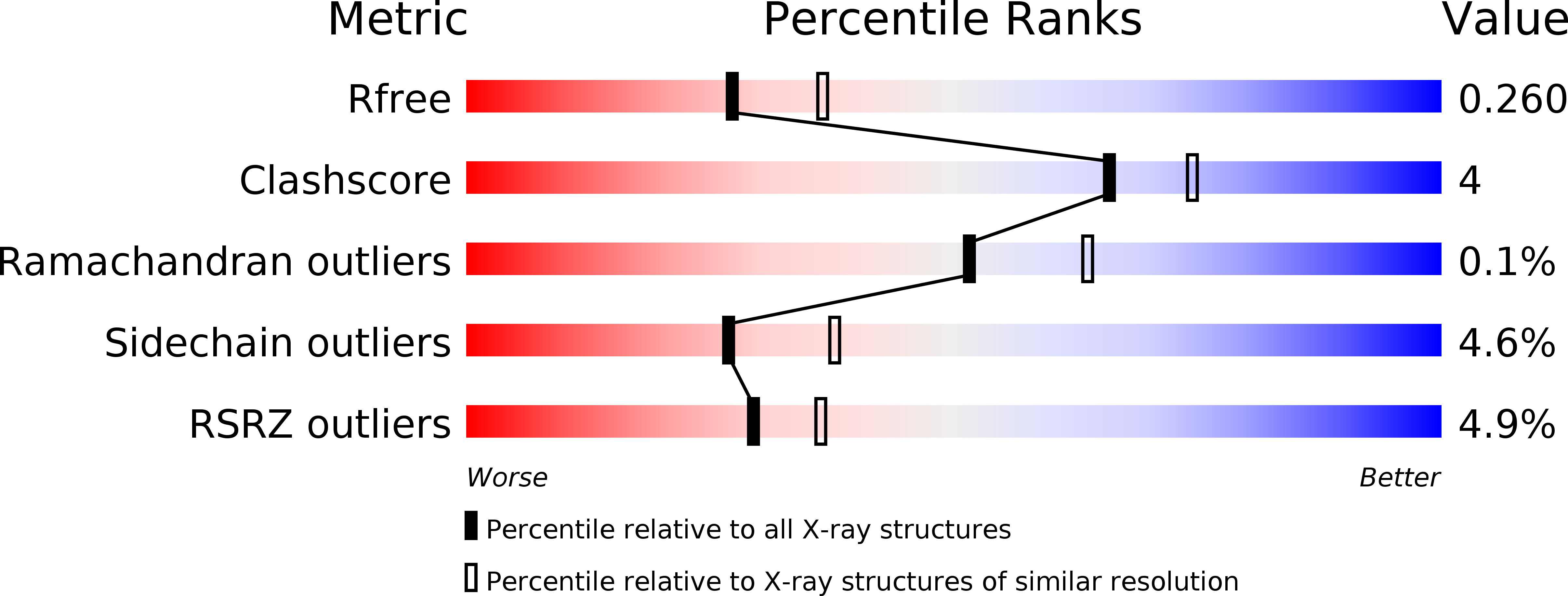
Deposition Date
2018-12-19
Release Date
2019-04-10
Last Version Date
2024-01-24
Entry Detail
PDB ID:
6QAP
Keywords:
Title:
Structure of the human aldehyde dehydrogenase 9A1 in C2 space group
Biological Source:
Source Organism:
Homo sapiens (Taxon ID: 9606)
Host Organism:
Method Details:
Experimental Method:
Resolution:
2.30 Å
R-Value Free:
0.25
R-Value Work:
0.22
R-Value Observed:
0.22
Space Group:
C 1 2 1


